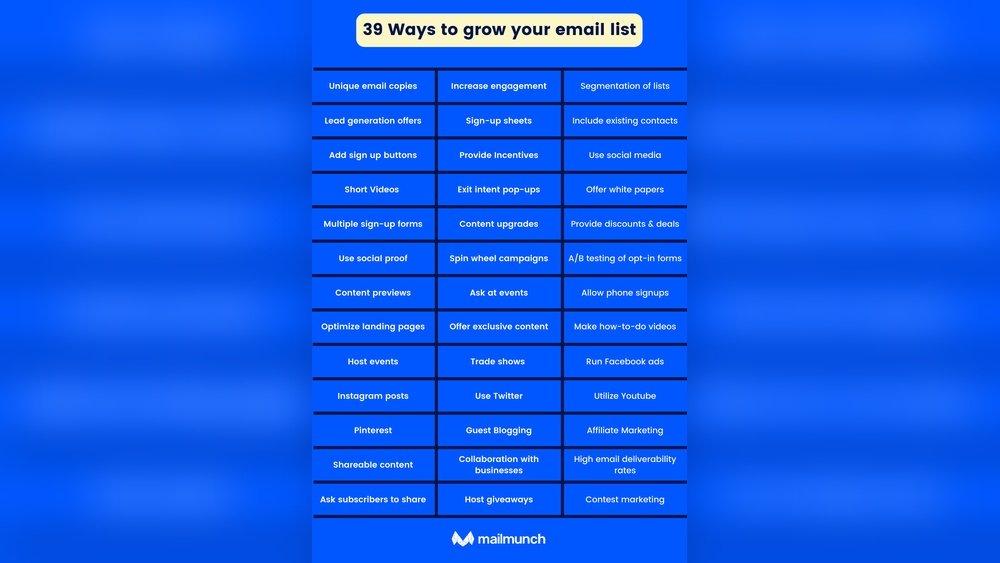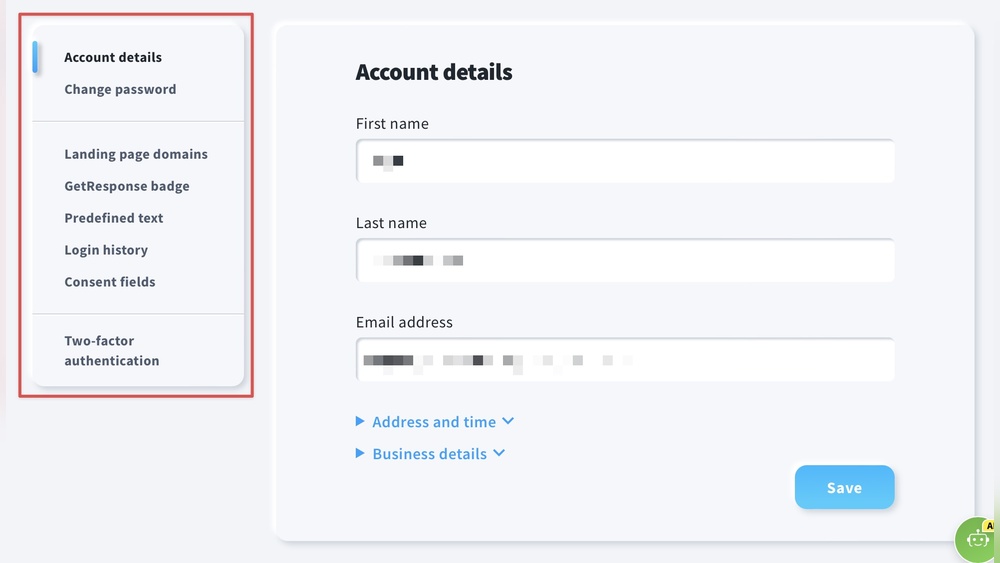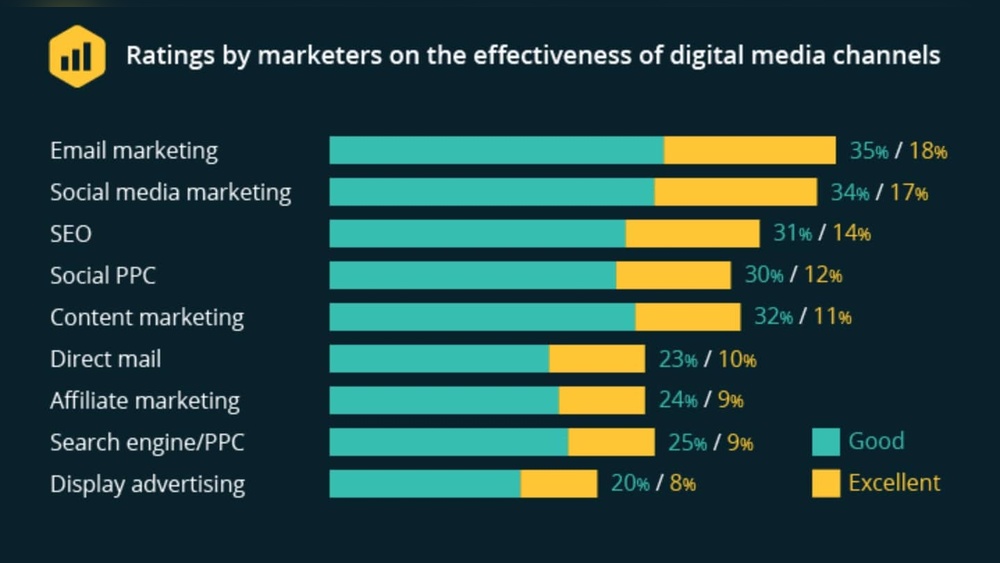Creating an auto-blogging site using Python involves using scripts to scrape content and a CMS like WordPress to publish it. This requires both coding skills and an understanding of web automation.
Auto-blogging is a unique approach to curating content where a script or bot automatically pulls in content from various sources to populate a website. Python shines in this arena, with its powerful libraries like Beautiful Soup for web scraping and the WordPress API for content management.
Leveraging these tools, a developer can craft a customized blogging solution that consistently delivers fresh content, bringing readers back regularly. This method not only saves time by automating content generation but also could improve search engine rankings by keeping the site dynamic and updated. To successfully establish such a site, understanding Python’s capabilities for web scraping, using APIs, and scheduling content updates is essential, alongside a basic grasp of SEO principles to ensure the visibility of your auto-generated content.
Planning Your Auto Blogging Site With Python
Embarking on the journey of creating an automated blogging site with Python involves meticulous planning, a clear understanding of your objectives, technical know-how, and a strong grasp of legalities. Python, well-renowned for its versatility, offers numerous frameworks and libraries that can be harnessed to efficiently automate content curation and blog management tasks. In this section, we delve into the preparatory steps essential for setting up a successful auto blogging site using Python.
Identify Goals And Niche Content
Defining clear goals is pivotal for the direction and success of your auto blogging site. Begin by asking yourself what you want to achieve with your automated content. Are you looking to inform, entertain, or instruct your audience?
Once your mission is crystal clear, pinpoint your niche content area. Whether you lean towards technology, fashion, healthcare, or any other field, understanding your niche enhances your site’s relevance and appeal. A well-defined niche guides your content curation tools, sharpening the focus of your automated articles.
- Increased engagement within targeted audience
- Strengthened authority in specific domains
- Improved search engine rankings through niche-specific keywords
Choose The Right Python Frameworks And Libraries
Your choice of Python frameworks and libraries is instrumental in the operational efficiency of your auto blogging platform. Flask and Django are two robust Python frameworks that stand out for their flexibility and scalability in building web applications.
| Framework/Library | Features | Use Cases |
|---|---|---|
Flask | Lightweight, flexible | Small to medium-sized applications |
Django | Full-featured, scalable | Large-scale applications with heavy traffic |
BeautifulSoup/Scrapy | Web scraping | Content curation |
Integrating these frameworks with libraries like BeautifulSoup for web scraping or Scrapy for broader crawling makes data collection seamless. For content automation and scheduling, consider libraries like APScheduler or schedule.
Understand The Legal And Ethical Considerations
While building your auto blogging site, staying legally compliant and ethical is paramount. Acknowledge copyright laws related to the reproduction and use of third-party content. Always obtain permission where necessary and provide clear attributions.
- Adherence to copyright laws
- Respecting author attributions
- Transparency with audience about automated nature of content
Remain vigilant of fair use principles and consider employing content personalization techniques that help sidestep potential legal pitfalls. Establishing a Terms of Service and Privacy Policy for your site that clearly outlines your content practices builds trust and legitimacy.
Note: This content does not constitute legal advice and should not be relied upon in lieu of consultation with an attorney familiar with specific facts and laws of your jurisdiction.
Selecting A Suitable Domain And Hosting
Welcome to the cornerstone of your auto-blogging journey – selecting a suitable domain and hosting. A reliable foundation is vital for creating an auto blogging site, and the domain name and hosting provider play pivotal roles in your site’s performance, accessibility, and overall success. Let’s dive into how to make these critical choices with an emphasis on SEO and Python compatibility.
Choose Seo-friendly Domain Name/
The domain name is your digital address; it is how your audience finds you among a sea of content. An SEO-friendly domain name is not only memorable but also informs search engines about the nature of your website. Here’s a checklist for picking the perfect domain:
- Keep it short and simple: Lengthy domains are hard to remember and prone to typos.
- Include keywords: Keywords associated with auto blogging can improve your SEO rankings.
- Easy to pronounce: Word-of-mouth marketing is more effective if it’s easy to share verbally.
- Avoid hyphens and numbers: These complicate the domain name and can mislead users.
- Choose the appropriate domain extension: Stick with .com where possible, but consider niche extensions like .blog for relevancy.
Pick Web Hosting Compatible With Python Applications/
For an auto blogging site powered by Python, hosting must meet the technical requirements necessary to run your scripts and applications smoothly. Consider the following when choosing your web hosting provider:
| Feature | Why It’s Important |
|---|---|
| Python Support | Ensures your server is capable of running Python-based applications. |
| Server Uptime | Maximizes the availability of your site to users and search engines. |
| Speed and Performance | Improves user experience and SEO ranking potential. |
| Scalability | Allows your hosting resources to grow with your site’s traffic. |
| Security | Protects your website data and maintains the trust of your visitors. |
| Customer Support | Provides assistance when you encounter issues with your Python applications. |
Research and compare hosting services that offer dedicated Python support, robust infrastructure, and high-performance servers. Be sure to look into their packages carefully – optimizing for speed, reliability, and technical support will ensure your auto blogging site operates without a hitch.
Structuring The Auto Blogging Framework
Welcome to the exciting world of auto blogging, where fresh content creation meets automation. By harnessing the power of Python, a versatile programming language, setting up an auto blogging site becomes a seamless experience. Our focus here is structuring the auto blogging framework effectively, which requires a solid foundation. This involves establishing a Python development environment, choosing an appropriate CMS, and planning for extensions. Let’s dive into each of these key areas to build a robust auto blogging site powered by Python.
Set Up A Python Development Environment/
To kickstart your auto blogging venture, your first task is to set up a Python development environment. This environment is where you’ll write, test, and run your Python code. Here’s what you need to do:
- Install Python: Download the latest version of Python from the official website and install it on your system.
- Choose an IDE or Code Editor: Select an Integrated Development Environment (IDE) like PyCharm or a code editor like Visual Studio Code to write your scripts.
- Set Up Virtual Environments: Use tools like
virtualenvorpipenvto create isolated Python environments for different projects. - Install Dependencies: With
pip, install necessary libraries such asrequestsfor web requests andBeautifulSoupfor HTML parsing.
Choose And Configure A Content Management System (cms)/
Once the development environment is up, the next step is to choose and configure a suitable CMS for your auto blogging platform. The CMS allows you to manage content efficiently and offers a base for your site’s structure. Consider these CMS options:
| CMS Platform | Pros | Cons |
|---|---|---|
| WordPress | Easy to use; large community; plentiful plugins. | Can be resource-heavy; frequent updates required. |
| Joomla | Flexible; good for social networking sites. | Steep learning curve; fewer extensions than WordPress. |
| Drupal | Highly customizable; robust performance. | Requires technical expertise; not beginner-friendly. |
After selection, configure your CMS with themes and settings to match your site’s purpose. Integrate the APIs and Python scripts you’ll later develop to automate the content creation and posting process.
Plan For Extending With Plugins Or Custom Modules/
Finally, creating a scalable and feature-rich auto blogging site means planning for extensions through plugins or custom modules. Whether you opt for off-the-shelf plugins or decide to create custom modules with Python, they should fulfill the following:
- Automated content discovery and scraping.
- Intelligent content filtering and categorization.
- On-the-fly content adaptation and rewriting.
- SEO optimization for maximum visibility.
- Social media integration for wider reach.
Ensure to code with best practices, keeping in mind future scalability possibilities. Utilize hooks offered by your CMS for seamless integration of your Python scripts and make your auto blogging site function like a well-oiled machine.
Integrating Python For Content Automation
Creating an automated blogging site using Python can revolutionize the way content is managed and published. With the power of Python scripting, tasks that once took hours can now be executed with precision in a matter of seconds. This approach enables continuous content updates without the need for constant manual intervention, keeping your blog fresh and relevant.
Use Python Scripts To Scrape Or Fetch Content/
Building the foundation of an auto blogging site involves sourcing content. Python scripts are incredibly efficient at scraping web content or fetching data from various APIs. Here’s how to implement this strategy:
- Identify reliable sources for the content relevant to your niche.
- Use Python libraries like
BeautifulSoup,Scrapy, orrequeststo program scripts that can extract content. - Set up conditions and filters to ensure only high-quality and unique content is fetched.
- Store the scraped data into a structured format, ready for publishing.
Keep legality in mind; always ensure you have the right to use and publish the content you scrape.
How To Make An Auto Blogging Site Using Python By Automating Post Generation/
After gathering the content, the next step involves creating automated scripts to convert the data into blog posts. This process includes:
- Template Creation: Define a clear, consistent template for your posts to maintain a professional look.
- Text Parsing: Use Python’s text processing capabilities to tailor the fetched content to fit your templates.
- Media Handling: Incorporate a process to include relevant images, videos, or other media files.
- Auto Poster: Develop a script with libraries like
WordPress APIto automatically upload and publish posts to your blog.
Schedule Content Updates And Management Tasks/
To maintain a steady stream of content, scheduling updates and management tasks is essential:
| Task | Tool/Libraries | Description |
|---|---|---|
| Content Uploading | Python’s scheduler library | Automate the uploading of new posts at predefined intervals. |
| Data Backup | Python’s os and shutil libraries | Secure your content and site configuration through regular backups. |
| SEO Updates | Python’s SEO tools like Yoast | Ensure your content is SEO-friendly with timely optimizations. |
Utilize Python’s schedule or APScheduler libraries to automate these tasks, ensuring your site remains up-to-date and performing optimally.
Optimizing Site Performance And Seo
Creating an auto blogging site with Python offers numerous advantages such as automation, scalability, and control over your content management. However, to truly excel, optimizing your site’s performance and search engine optimization (SEO) is pivotal. A fast-loading, SEO-friendly site can drastically improve user experience and boost your rankings in search results. Below are key strategies to finesse your site’s performance and enhance your SEO efforts.
Implement Caching And Other Speed Optimization Techniques
Every second counts when it comes to website load times. A delay in page response can result in a drop in user engagement. To combat this, start by implementing caching. Caching stores copies of your files, allowing frequent visitors to experience faster load times. Furthermore, be sure to:
- Minimize HTTP requests by combining files and optimizing images.
- Use a Content Delivery Network (CDN) to distribute the load.
- Enable GZIP compression to reduce the size of your CSS, HTML, and JavaScript files.
- Keep your Python code efficient to reduce server response time.
These techniques can significantly enhance your site’s speed, providing a seamless experience for your audience.
Make Seo Part Of The Auto Blogging Strategy
SEO should be an integral component of your auto blogging approach. Ensure that each post generated by your Python script is optimized for search engines. This involves using:
- Relevant and well-researched keywords within the content.
- Structured data (schema) to help search engines understand your content.
- Proper tag hierarchy with H1 for titles, and H2 for subheadings.
- Meta descriptions and title tags that are crafted to capture attention and encourage clicks.
By embracing these SEO best practices, your auto blogging site can gain organic traction and visibility.
Ensure Mobile Responsiveness And Cross-platform Compatibility
Mobile devices account for over half of web traffic worldwide, making mobile responsiveness non-negotiable. To secure a user-friendly experience across all devices, apply responsive design principles. This means your site should:
- Adapt to different screen sizes and orientations seamlessly.
- Use responsive images that work well on devices with varying resolutions.
- Employ touch-friendly navigation that caters to a mobile audience.
- Undergo rigorous testing to ensure compatibility across various browsers and platforms.
A site that is responsive and compatible not only provides a better user experience but also benefits from SEO as search engines favor mobile-friendly websites.
Monetizing And Analyzing The Auto Blog
Creating an auto blogging site can be an exciting venture, and Python provides a robust toolkit to automate content creation and manage the blog efficiently. However, the ultimate goal for most bloggers is to generate revenue from their efforts. Below, let’s explore how to monetize and analyze your auto blogging site to maximize its earning potential while capitalizing on the data-driven capabilities Python offers.
Integrate With Affiliate Networks Or Ad Platforms/
One of the most effective methods for monetizing your auto blogging site is through partnerships with affiliate networks or by hosting ads from ad platforms. Python can streamline these integrations, automating the process of embedding affiliate links or ads into your blog content, thus opening a revenue stream.
- Select affiliate networks that are relevant to your blog’s niche.
- Connect with ad platforms, such as Google AdSense, to display tailored advertisements.
- Utilize Python scripts to automatically insert affiliate links into posts where they are most likely to convert.
- Ensure that your content remains user-friendly and that ads do not detract from the user experience.
Use Python For Tracking And Analyzing Traffic/
Understanding your audience is crucial for the success of your blog. By leveraging Python’s capabilities, you can track user interactions and analyze traffic data to gain insights that help optimize your monetization strategy. Implementing analysis tools can reveal which content generates the most engagement and revenue.
- Set up web analytics using Python packages like Matomo or Google Analytics.
- Create custom dashboards to visualize key performance indicators (KPIs).
- Analyze user behavior to fine-tune the placement of ads and affiliate offers.
- Automate regular reports to stay informed about your site’s performance.
Plan Long-term Growth Strategies For The Blog/
For a blogging site to remain successful, it must grow and evolve. A long-term strategy backed by Python’s automated tools ensures your site adapts to trends and changes in your niche. Sustainable growth involves more than just content; it considers all aspects of site management and audience engagement.
- Develop a content calendar to maintain a consistent posting schedule.
- Analyze SEO trends and adjust your strategy to improve organic search traffic.
- Engage with the community through comments and social media, using Python to manage interaction.
- Expand monetization by exploring new affiliate partnerships and diversifying ad placement.

Credit: www.activestate.com
Frequently Asked Questions For How To Make A Auto Blogging Site Using Python?
How Do I Create A Blog Website In Python?
To create a blog website in Python, choose a web framework like Django or Flask. Set up your development environment, design a data model for posts, create views and templates for webpages, and deploy your site with a service like Heroku or PythonAnywhere.
How Do I Create An Automated Blog?
Choose a blogging platform that supports automation, like WordPress. Install plugins like WP-Automatic or use IFTTT to schedule and post content. Set up RSS feeds or content curation tools to source and publish relevant articles regularly.
How To Use Python In Blogger?
To use Python in Blogger, you cannot directly execute Python scripts. Instead, use Python to create content, then manually embed the output, such as graphs or data, into your Blogger posts. For dynamic interactions, link Python web apps hosted externally via iFrames or hyperlinks.
What Is Auto Blogging In Python?
Auto blogging in Python is a method that uses Python scripts. It automatically scrapes content from the web and posts it on a blog. This technique is useful for maintaining updated content without manual input.
Conclusion
Crafting an auto blogging site with Python offers endless opportunities for creativity and automation. By harnessing the power of Python scripts, you’ve opened a door to efficient content generation. Remember to update your code regularly and monitor your niche for changes.
Dive in, experiment, and watch your auto blog evolve into a valuable online asset. Happy coding and content creation!






